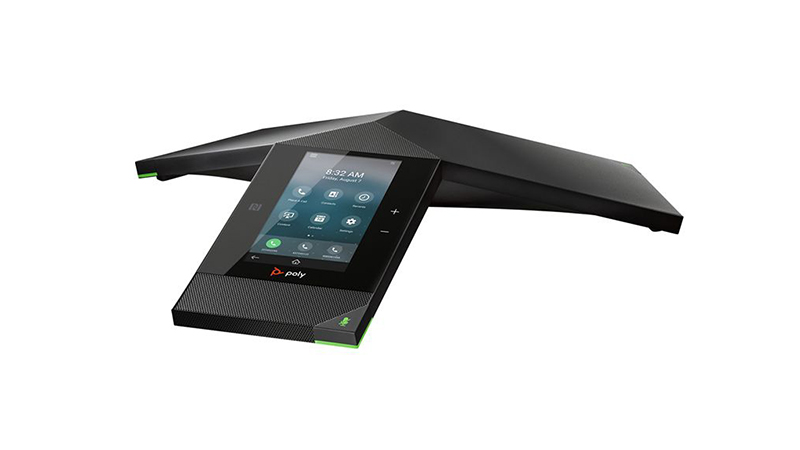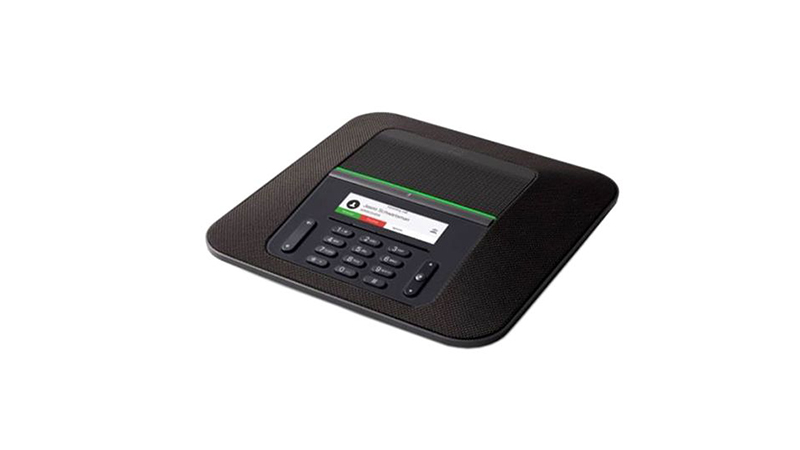
Polycom and Cisco have a global footprint. Cisco has multiple products that work well together, while Polycom focuses on fewer products that are interoperable and open to multiple vendors. Both companies have products and solutions for audio, video and integration/collaboration needs. So, which of the Polycom and Cisco brands will understand you?
What are the differences between Polycom and Cisco?
| Polycom | Cisco | |
| Year Founded | 1990 | 1984 |
| Optimization | Open source SIP system | Proprietary Cisco Call Manager |
| Product Categories | Products and services categorized by environment | Products and services categorized by small business, medium business |
| Notable Aquisitions | Vivu, Destiny conferencing, Accodent Technologies | Linksys, IronPort, WebEx |
| Major Products | SoundStation IP Conference phones, Siren Codecs, VVX phones, OTX, Polycom RealPresence | Unified management/Data, Cisco United Fabric, WebEx, Cisco Telepresence |
| Affordability | Generally, higher priced | More affordable |
| Product and Service Range | HD telepresence and Video, Conferencing and desktop voice solutions, UC infrastructure, Software and Accessories, Microsoft products, Customer care, professional and partner services. | Telepresence, Video, Wireless, Unified communications and computing, Cloud and System management collaboration, Application networking services, WebEx collaboration, routing, Data center and virtualization services, Switching, Storage networking etc |
Polycom Vs Cisco –Compare
Product Category
Cisco’s product offering is broad, while Polycom is more focused on providing better solutions for specific uses. As a result, Polycom users can choose a service or product that fits their home/work office, mobile, theater or conference environment. Instead, Cisco offers products and services aimed at the user’s business scale, ie, small and medium-sized businesses. In other words, Cisco offers a broad and all-encompassing offering, while Polycom focuses on its powerful suite.
Meeting Room Experience
When it comes to virtual meetings, Polycom’s RealPresence can compete with giants like WebEx and Go To. Its ease of use, intuitiveness, and improved user experience make it popular with users. Not only does it offer high-quality audio and video calls, but it also has improved settings — such as background noise cancellation, and the ability to attach files during chats. This makes it ideal for office meetings. RealPresence also doesn’t require a lot of bandwidth, so users don’t need to close other applications while on a call. However, it fails when the internet connection is poor. The browser version is very popular because it saves installation and login every time you use a different PC.
Cisco WebEx offers lag-free conference calls with stable internet, the possibility to record chats for future reference, and the ability to connect via a web app, desktop, or Android phone – just to mention a few great features. It is also easy to use and has an intuitive user interface. It integrates perfectly with Microsoft Outlook, web browsers and Microsoft Office. For companies that have invested in Cisco Call Manager, the Cisco Teleconferencing Unit would be a natural solution. Otherwise, cloud or on-premises registration costs and cost/infrastructure will be disincentive.
Affordability
Polycom phones and products are high-end quality and easy to program, but they cost relatively more than Cisco. Cisco phone builds are not as solid as Polycom’s. The audio quality on their Linksys phones is especially poor compared to Polycom.
Polycom Vs Cisco Video Conferencing
The Polycom trio series is commendable for using the best technology to enhance video and audio performance.
Technologies like Polycom NoiseBlock keep conversations flowing without interruptions from unwanted background noise. The Polycom Trio series is better suited for video performance. In addition to high voice quality, the phone also comes with a 2-port Gigabit Ethernet switch and Wi-Fi connectivity. It has hybrid registration support and can connect to multiple platforms at the same time. Up to 3 separate lines can be registered. User adoption can be accelerated by pairing with his/her portable device using IP, USB or Bluetooth.
Cisco IP Conference Phone 8832
The Cisco IP Conference Phone 8832 is high-quality wideband audio that is easy to use and manage. The modern design of the 8832 is portable and stylish, and it provides 360-degree room coverage, allowing up to 26 attendees to be heard clearly. The 8832 serves medium to large meeting rooms (800 sq. ft.) as well as private desks.
| Polycom Trio 8800 | Cisco 8832 | |
| Display | 5” Multicolored touchscreen | 3.9” color, antiglare display |
| Line Keys | 3 | 4 programmable keys |
| Audio | HD Polycom Audio Technology | Wideband Audio, Full duplex |
| Artificial Intelligent | Polycom Noiseblock | NoiseBlock AI |
| Network Port | 2 Gigabit | 1 Ethernet port |
| USB ports | 1 | No |
| Security | Log-in password, SRTP and Wi-Fi encryption | SHA 256 encryption |
| Wi-Fi Support | Yes | Yes |
Conclusion
Both Polycom and Cisco are IT giants. Not only do they make phones, but they also make servers and device hardware that stores, manages and moves data in the cloud. Cisco has the advantage in product and solution diversity, but Polycom leads the way in product personalization. Polycom products are highly specialized, making them more expensive. Cisco is a good choice if your site already has Cisco infrastructure. Otherwise, the initial cost of installing a system that supports its endpoints can be high. Polycom is a better brand when you’re after an endpoint with great functionality or you prefer a value-added product.
Want to know more, please click here: IP Phones, UC Solutions, Huawei Unified Communication, Video Conferencing
Read More:
CCTV Camera Vs Surveillance Camera (Table Comparison!)
What are the Differences? Wired vs. WiFi vs. Wireless Cameras
Polycom Video Conferencing Vs Cisco Video Conferencing, How to choose?






